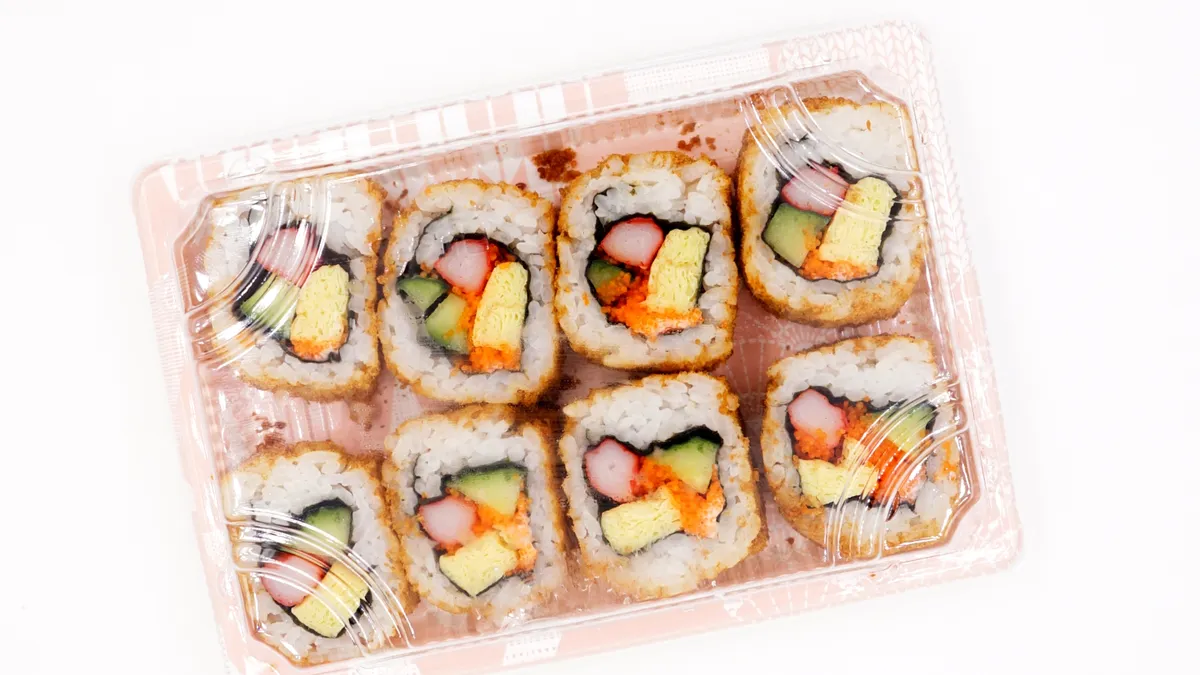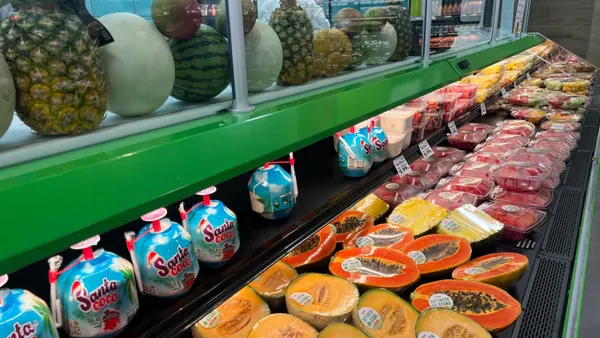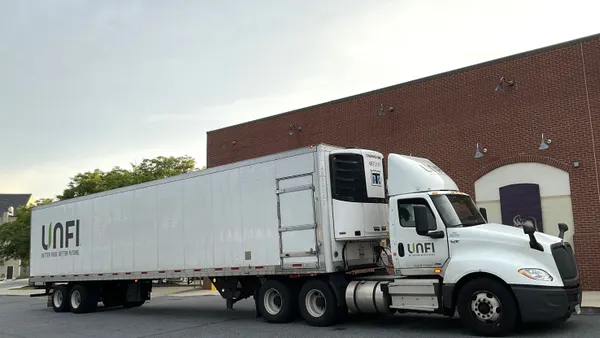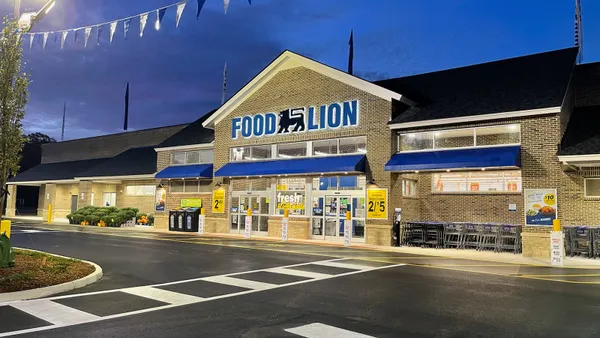Ask any grocer: the problem with perishables is that they perish. Today, perishables make up around 38% of grocery sales, but they account for a whopping 65% of total grocery waste. Without efficient and effective everyday operations, store associates cannot easily identify those items around the store perimeter that need attention to ensure prompt sale, so they won’t be discarded as waste. To prove out solutions for this problem, we challenged ourselves to work with a product with an extremely short one day shelf life: store sushi. What works for sushi will work for any meats, breads, produce or deli items!
We connected with a particular sushi provider who is operating across several grocery store locations to prove out the benefits of RFID labeling and freshness tracking. They were keen to learn if there would be a direct link between RFID labelling of products and consumer satisfaction. Avery Dennison implemented item-level RFID technology to inform the workflow of its chefs, and the results were compelling.
More Demand for Sushi
Thanks to the growing appreciation for diverse culinary experiences, increased access to high-quality sushi grade fish and advancements in transportation and refrigeration, sushi is growing in popularity across the United States. We’re witnessing the proliferation of sushi options from fine dining to casual eateries to store-within-a-store at grocery. Recognizing the growing demand, an impressive 70% of grocery stores in the United States now offer sushi.
Shelf Life and Food Waste
Sushi has a very short shelf life—one day! That requires fast sell through and can lead to high waste if the right product at the right time is not on the sales floor. The average grocery store discards 20 packages of sushi daily. Over weeks, months and years, the waste really adds up.
Stores face pressure to provide the freshest product and retain customer loyalty, as even one negative experience can result in lost business. Manual inventory and expiration checks are time-consuming and error-prone, whether you’re talking about raw fish, deli meats or fresh produce.
Technology is Just the Ticket
By leveraging RFID technology, vendors of fresh product can optimize inventory management, enhance operational efficiency and reduce food waste. Creating a digital identity for each physical item enables faster, more accurate inventory, better expiry management and increased sell-through making real-time merchandising actions possible.
Results from Their Roll Out
Avery Dennison’s partner achieved an ROI payback in less than 6 months. They saw an increase to 99.5% inventory accuracy with labor savings in excess of one hour per day per store. In a category with high rates of discards, they saw a reduction of food waste by over five percent. Production plans are now in sync and fluid to match store inventory levels throughout the day, and they are able to deliver a fresher product to the end consumer.
Implications for Other Perishables?
Sushi can serve as an excellent role model. Data-driven production planning based on demand patterns helps align production with consumer habits, minimizing waste and increasing profitability. Digitizing the inventory management processes reduces manual labor, streamlines operations and allows staff to focus on value-added tasks. Ultimately, item-level visibility empowers grocers and their manufacturers to unlock a slew of benefits that can apply to broader perishable categories, like bakery, meat, produce, deli and more.
RFID Will Revolutionize Grocery
It's only a matter of time before item-level visibility enabled by RFID technology is a staple of how grocers operate. As the market leader, Avery Dennison can help guide your journey on adopting sensor technology to maximize freshness, optimize operations and deliver strong ROI. Learn more here.










